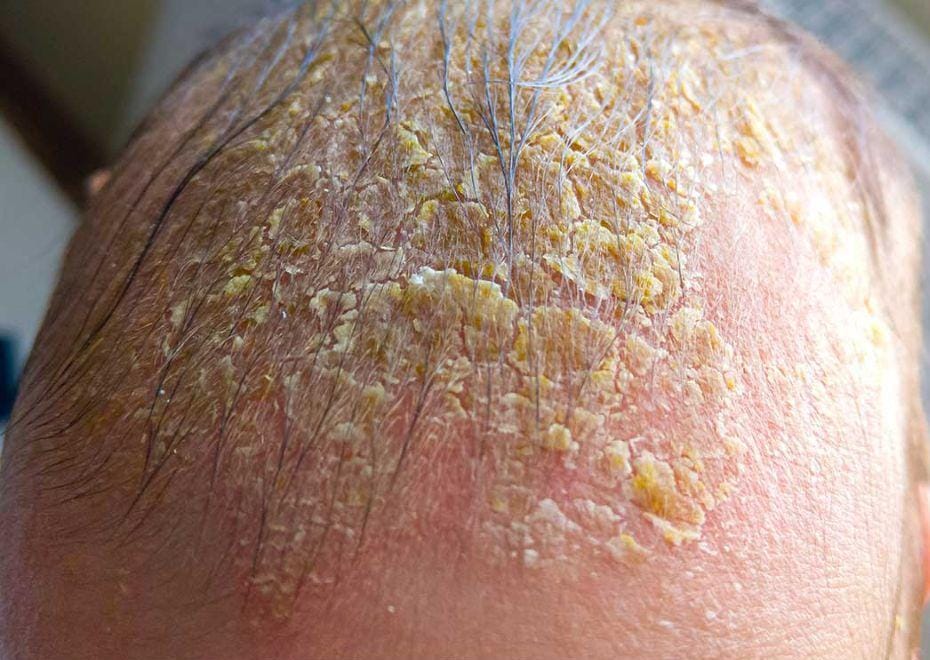While minor scalp irritations can often be managed at home, there are circumstances where professional medical advice is necessary. If the crust persists for more than a week without improvement, or if you notice signs of infection like increasing redness, warmth, or pus, it’s essential to seek medical evaluation.
Additionally, if there is significant hair loss, or if the condition is causing considerable discomfort or embarrassment, professional intervention may be warranted. It’s always better to err on the side of caution to prevent potential complications.
6. Home Remedies and Temporary Relief
To manage the discomfort and potential itchiness associated with scalp crusts, several home remedies can be effective. Applying a warm, damp cloth to the affected area can help soften the crust and soothe irritation. Gentle cleansing with a mild, fragrance-free shampoo can also aid in maintaining scalp hygiene without exacerbating the condition.
Natural remedies such as tea tree oil, which has antimicrobial properties, might provide some relief when diluted and applied to the scalp. However, it’s crucial to perform a patch test first to ensure there is no allergic reaction. Hydrating the scalp with coconut oil can also help soothe dryness and reduce flaking.
7. Over-the-Counter Treatments
There are various over-the-counter options available that can help manage symptoms. Anti-dandruff shampoos containing active ingredients like zinc pyrithione, selenium sulfide, or ketoconazole can be effective against seborrheic dermatitis and mild fungal infections.
Topical antibiotic creams, such as those containing bacitracin or neomycin, may help if a bacterial infection is suspected. Hydrocortisone creams can also reduce inflammation and itching, but they should be used sparingly and under guidance to avoid potential side effects.
8. Popular Viral Hacks: Do They Work?

